Why Tiny Travel Accommodation Is the Greener Choice
When it comes to where you stay, small is beautiful – and eco-friendly. Here is a range of pint-size options, including tiny homes, backcountry huts, and capsule hotels, with tiny carbon footprints to match.
 Photo © Getty Images / Jeremy Poland
Photo © Getty Images / Jeremy Poland
Alongside the rise in trips post-pandemic, there’s another, quieter trend making itself felt: a desire for “small stays”, to reduce our environmental impact when we travel.
It makes sense that small accommodation options can help us tread more lightly on the places and communities we visit and not just because they’re often locally owned, ensuring that what you pay stays local. Small rooms and structures also require less embodied energy and fewer materials to build, less damage to trees and the land they inhabit, less energy to keep guests warm in winter and cool in summer, and less furniture – all of which adds up to less impact on the planet.
Sustainability aside, tiny houses, cabins, shipping containers, and other small stays also offer a sense of fun, a chance to reconnect with nature and each other, a sense of cosy comfort (remember the Danish concept of hygge?), maybe even a bit of minimalist inspiration we can take home with us when we check out. And the options are surprisingly varied.
- Tiny house stays
- A caravan, but not as you know it
- Backcountry huts: adventure with a view
- Capsules and micro-hotels
- Shipping containers
- Stay and play
Tiny house stays
A spinoff from the tiny house movement offering affordable, sustainable housing options, tiny house stays are off-grid getaways with everything you need for a weekend or a week in one minimalist, house-like space. Like cubbyhouses for grownups, most have high ceilings, huge windows, and loft beds, making them feel so much more spacious than a caravan. They also help regional landowners earn a bit of extra income, so your low-impact stay is also contributing to the local economy.
In Australia and New Zealand, tiny houses have been popping up like wildflowers after rain, dotting farmland and nestled in forested areas within a two-hour radius of most major cities, operated by the likes of In2theWild, CABN, Unyoked, and Singapore-based TinyAway. Meanwhile Portland, Oregon, in the US, has an urban “tiny house hotel” consisting of several tiny houses, each very different in design and décor, close to cafes, shops, pubs, and food co-ops. Airbnb even has “tiny homes” as one of its search filters, as well as other small stays such as shepherd’s huts, cabins, shipping containers and caravans.
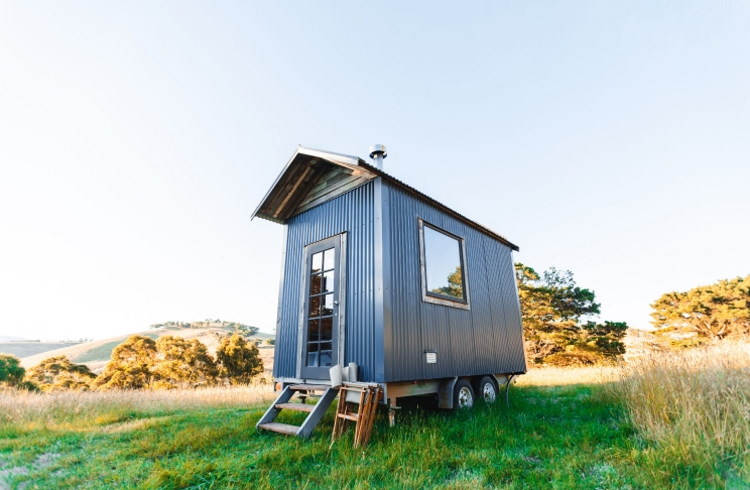
A caravan, but not as you know it
You could sleep in a sleek, shiny Airstream on the edge of a national park such as California’s Yosemite or Joshua Tree at one of Autocamp’s Airstream parks. These lozenge-shaped aluminium cocoons on wheels, with their rounded windows and retro-chic interiors, have been an American institution since the 1930s and definitely take a caravanning holiday up a notch, without losing any of its low-impact ethos. For more on Airstream’s fascinating history, check out the new Airstream Heritage Center that opened in Jackson, Ohio, in June 2022.
Backcountry huts: adventure with a view
Want to get back to basics? Kolarbyn, Sweden’s “most primitive” hotel, is an ecolodge with a difference; there’s no electricity, and no showers. You chop your own wood, cook over an open fire, collect water from a stream and sleep on simple sheepskin-covered beds in one of the 12 small, moss-covered huts scattered throughout a wild spruce forest (moose and beaver sightings highly likely).
For mountain views with your cabin experience, there are backcountry huts sprinkled like breadcrumbs along hiking trails everywhere from New Zealand (which has more than 950 of them) to Norway; the Norwegian Trekking Association operates 550 cabins ranging from those where meals are provided to no-service huts where you have to carry in everything you need, all situated within an impressive network of walking and ski trails.
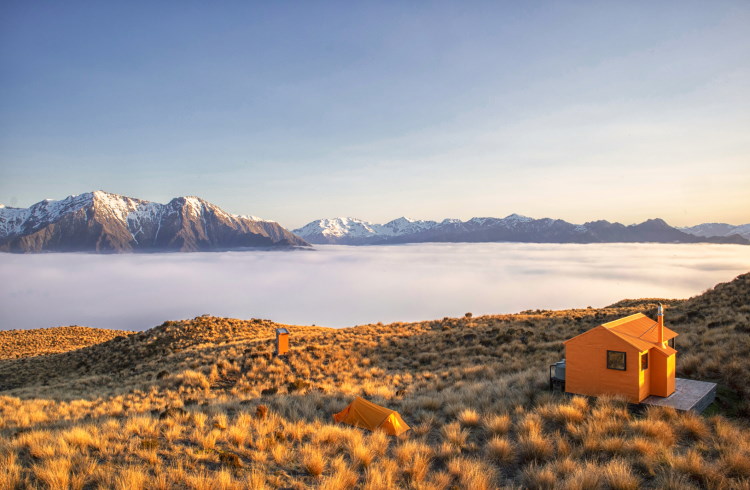
Capsules and micro-hotels
Going smaller still, you could spend a night, or a few hours, in a capsule. Originally designed to accommodate Japanese office workers who’d missed the last train home, capsule hotels are now found all over the world. Some capsules are futuristic (as in Sydney’s Capsule Hotel), others are earthy (such as the designer pods at Pangea Pod Hotel in Whistler, Canada) or quirky (at Book and Bed Tokyo you can sleep amid bookshelves in cosy timber-panelled nooks). There are women-only capsules, and capsules for couples.
Then there are micro-hotel rooms, which are big in cities where real estate is at a premium. The stylish rooms at OMO5 Tokyo have a floor area of only 209ft2 (19m2) but clever features, enormous windows, and sleeping lofts make them feel much bigger. And New York’s three Moxy Hotels have beautiful, compact rooms, some as small as 139ft2 (13m2), with foldaway furniture that let you customize the space for your needs.
Planning an overseas adventure? Find out how travel insurance can cover lost or stolen baggage, sudden illness, trip cancellation, or other mishaps.
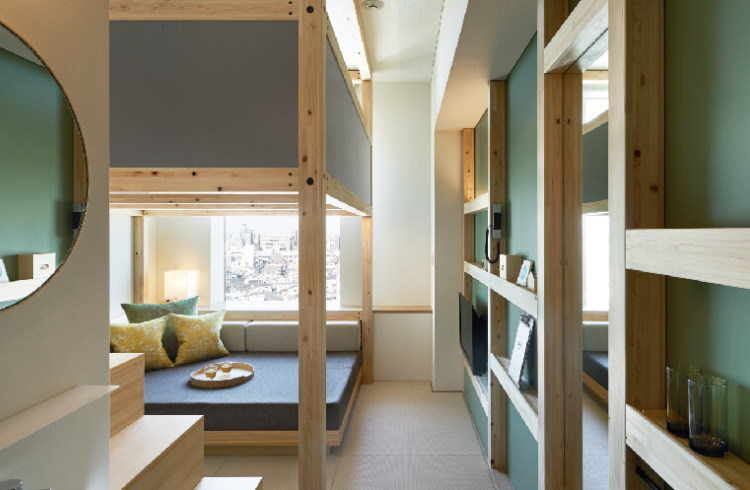
Shipping containers
What could be more sustainable than a hotel or hostel made out of repurposed shipping containers? Some are made from stacked containers, such as Stow-Away “eco-aparthotel” in London which has containers stacked five high and five wide to create 25 serviced studio apartments; and Dock Inn, a massive industrial-chic hostel right on Germany’s Baltic coast, with rooms and multi-bed dorms overlooking Warnemunde’s harbour for the full maritime experience.
Others keep their containers on the ground, or on low decks, such as the quirky Flophouze with its bright red and blue container-cabins in Texas and hip, all-vintage décor; and Glamping Alterra in Argentina, where colorful containers occupy the garden behind a popular art gallery near Buenos Aires. There are even pop-up container hotels, set up at music festivals and other events by the likes of Snoozebox in the UK and Contained in Australia.
Stay and play
If there’s one thing that small stays all seem to share it’s a sense of creativity and play, and some options really take this to the next level, while keeping their footprints small. Think off-grid bubble tents designed for star-gazing near Mudgee, Australia, and designer treehouses in Sweden by Treehotel, including the spaceship-like “UFO”, another that’s a mirror-sided cube, and the new spherical “Biosphere” that has 340 birds’ nests built into its exterior to encourage bird life. Or maybe a gorgeous geodesic dome in the Swiss Alps or a soulful glamping experience in pristine rainforest.
Whatever your groove, there’s a small stay for you, whether it’s a capsule, a caravan, a container – or a yurt, a tipi, or a safari tent, wildlife optional (GlampingHub has listings for all these and more). It’s a small-stay world, after all.
Related articles
Simple and flexible travel insurance
You can buy at home or while traveling, and claim online from anywhere in the world. With 150+ adventure activities covered and 24/7 emergency assistance.
Get a quote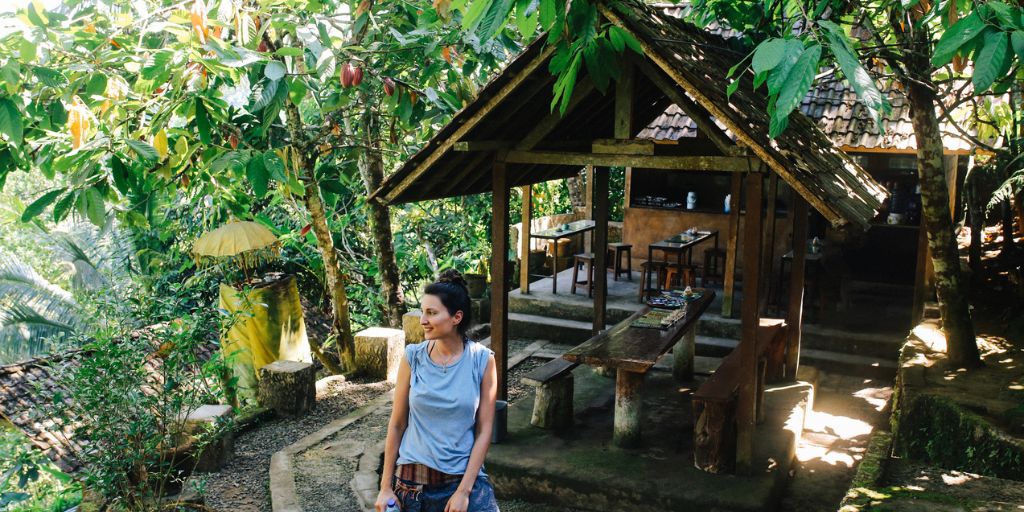
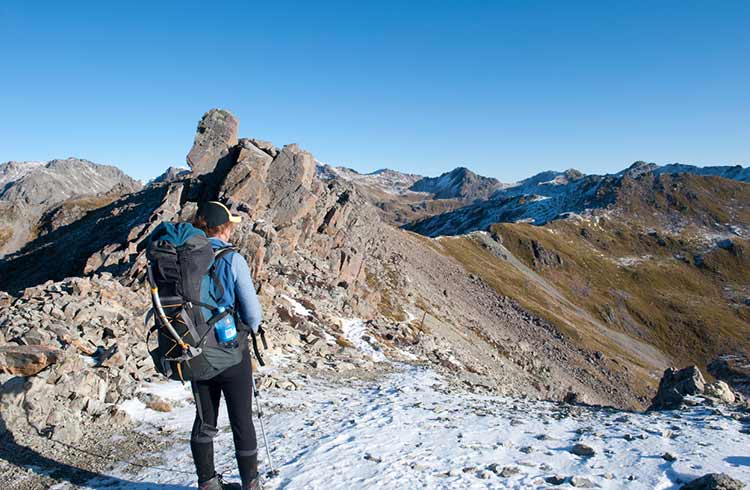

No Comments